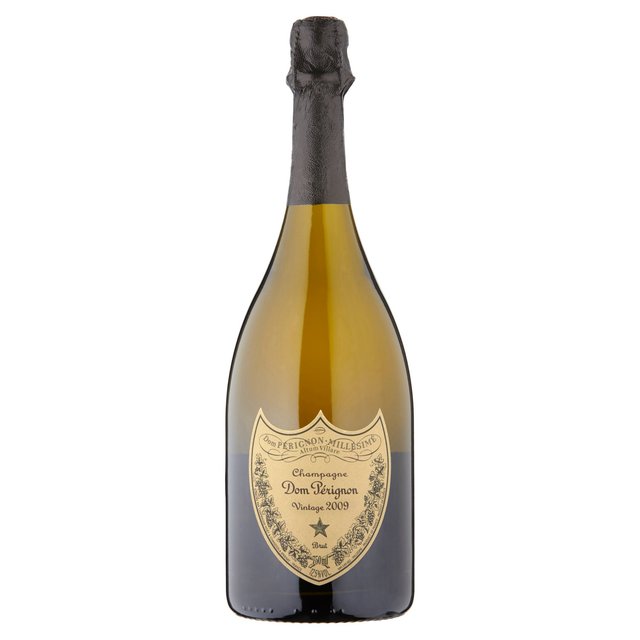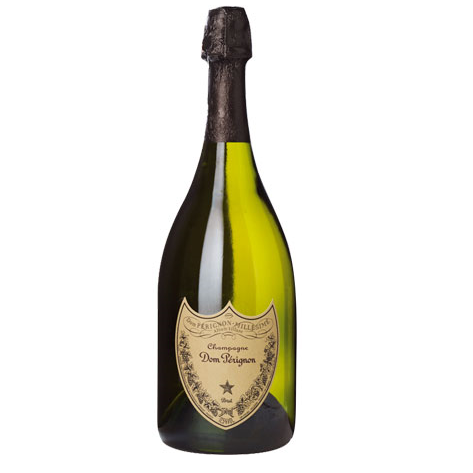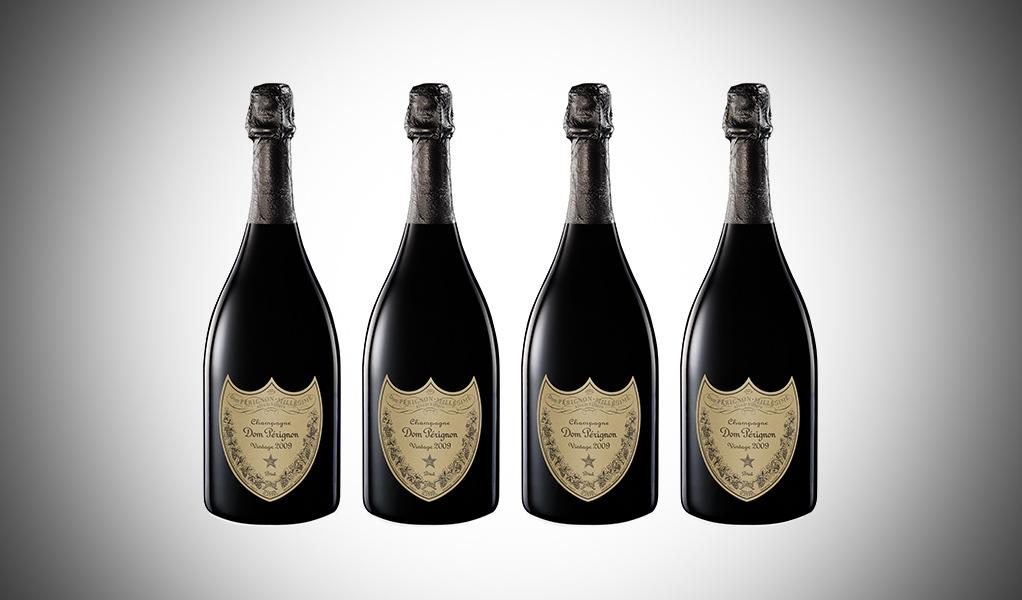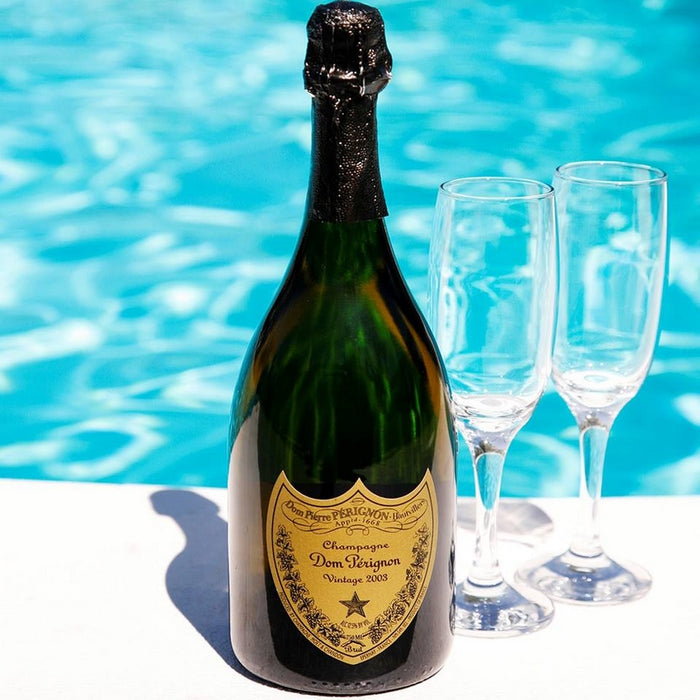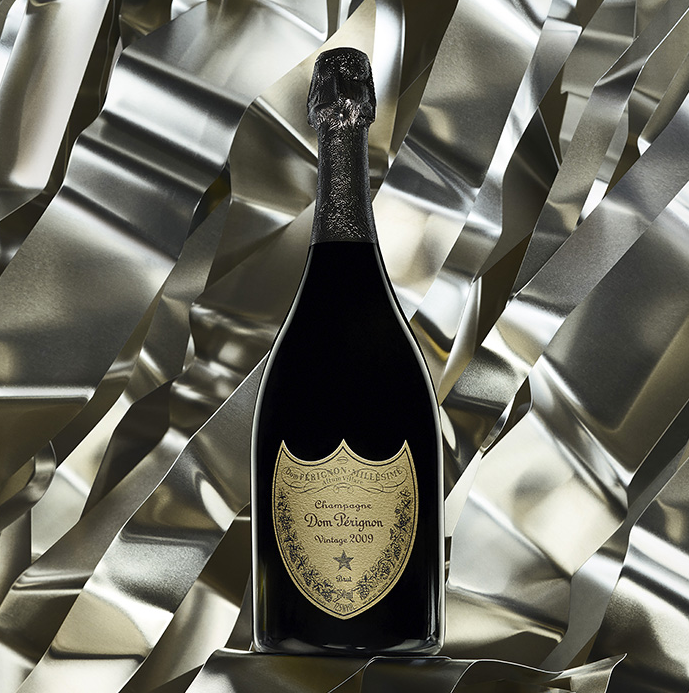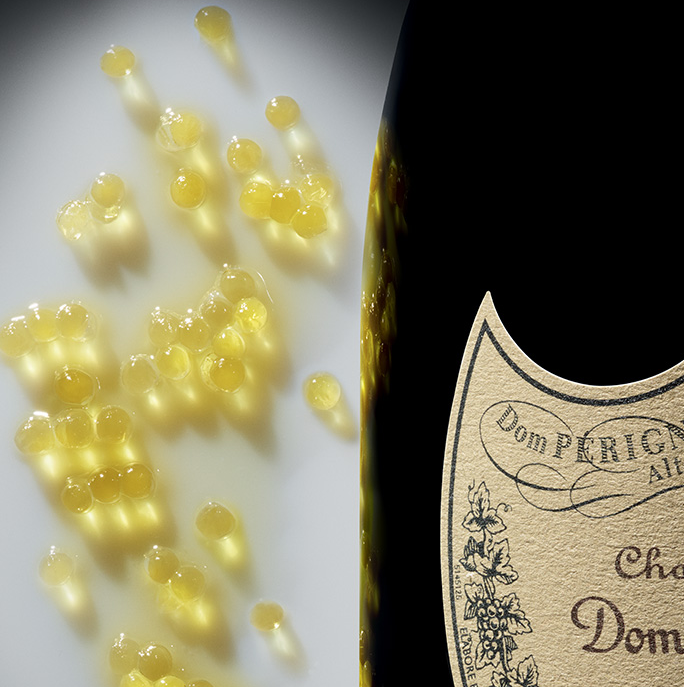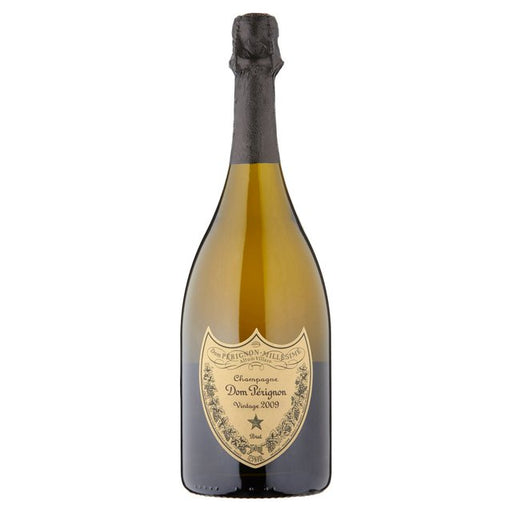Dom Perignon 2008 Champagne
£350.00 per bottle
ABV 12.5%
ON THE PALATE
The fruit is majestic: ripe, fleshy and profound. Beyond the richness and a certain voluptuousness is a strong impression of consistency that prevails. The wine’s power is remarkably restrained. The various sensations – silky, salty, sappy, bitter and briny – converge and persist.
ON THE NOSE
Notes of guava and spicy green grapefruit zest combine with stone fruit: white peach and nectarine. The wine opens up, with the whole complemented by woody vanilla and warm, lightly toasted brioche.
FOOD PAIRING
Dom Pérignon Vintage 2009 is a wine that needs to be excited. It needs a framework, it appeals to be stretched with contrasts.
The champagne reaches out to the "vegetable" and "mineral" worlds, calling out by sea urchin carbonara with cardamom mousse. It works brilliantly when it has something to chew on: octopus marinated in Sicilian orange juice and roasted in butter.
SCORES AND REVIEWS
"...what I admire most about the 2008 is the way it shows all the focus, translucence and energy that is such a signature of the year, and yet it is also remarkably deep and vertical. In other words, the 2008 is a Champagne that plays in three dimensions."
98+/100 Vinous (Jul-2018)
"The best Dom since 2002."
98/100 James Suckling (Sep-2018)
Light in character but made extraordinarily from from dark red grapes, this is a Prestige Cuvée (vintage) champagne. Although it is produced under Moët & Chandon banner - Dom Pérignon and Moët & Chandon have separate winemakers. A superb highly regarded champagne for moments of special celebration, 5 million bottles of Dom Pérignon with each edition. This quantity reflects no compromise in terms of quality, but only the extent of global demand. It is made in exceptional years, then aged seven years. Some bottles are retained and matured for a further period on the lees - known as second age or P2 - Plénitude Deuxième.
Dom Pérignon was a monk and cellar master, who developed the elaboration of champagne as a science at the Abbey of Haut Villiers in the late seventeenth century. Now fermented in stainless steel, the slow efflorescence of flavours then develop over a period of 10 to 15 years. The use of non oxidative vats ultimately creates champagne which ages more successfully. Created from approximately 50% Pinot Noir, and 50% Chardonnay, the balance of the componenet grapes results in the perfect equilibrium of nuanced flavours in Dom Pérignon champagne.
The Wine Advocate - The 2009 Dom Prignon is already drinking well, exhibiting expressive aromas of ripe apple, peach, Meyer lemon, marzipan and dried white flowers that are framed by the classic nutty, autolytic notes that so often define this cuve. On the palate, the wine is medium to full-bodied, rich and fleshy, with a broad attack, a brisk and refined mousse, appreciable dry extract and a notably saline finish. While this is a comparatively ample, gourmand vintage of Dom Prignon, there's sufficient concentration and structural tensionwhich has become more apparent with a bit of bottle ageto suggest that this may be surprisingly long lived.
William Kelley - 31/01/2019
Light in character but made extraordinarily from from dark red grapes, this is a Prestige Cuvée (vintage) champagne. Although it is produced under Moët & Chandon banner - Dom Pérignon and Moët & Chandon have separate winemakers. A superb highly regarded champagne for moments of special celebration, 5 million bottles of Dom Pérignon with each edition. This quantity reflects no compromise in terms of quality, but only the extent of global demand. It is made in exceptional years, then aged seven years. Some bottles are retained and matured for a further period on the lees - known as second age or P2 - Plénitude Deuxième.
Dom Pérignon was a monk and cellar master, who developed the elaboration of champagne as a science at the Abbey of Haut Villiers in the late seventeenth century. Now fermented in stainless steel, the slow efflorescence of flavours then develop over a period of 10 to 15 years. The use of non oxidative vats ultimately creates champagne which ages more successfully. Created from approximately 50% Pinot Noir, and 50% Chardonnay, the balance of the componenet grapes results in the perfect equilibrium of nuanced flavours in Dom Pérignon champagne.


